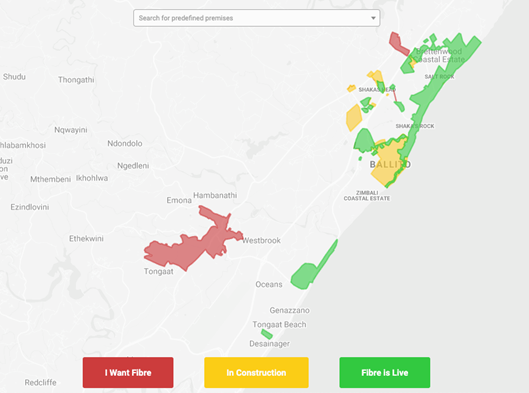
Can we FTTX it?
28 April 2020

In South Africa, the fibre revolution has become the go-to choice for fixed-line broadband due to its fast speed, cost-effectiveness, and reliability during loadshedding with a backup power supply for the router.
The initial land grab of the fibre industry is over, but there is still a lot of work to be done before the entire country is fully connected. The deployment of fibre infrastructure by both the private sector and Telkom has provided an excellent opportunity for businesses and homes to switch from unreliable ADSL connections to high-speed fibre networks.
According to experts in the field, there are still pockets in South Africa that are yet to be covered by fibre. Vumatel COO Simon Butler notes that most metros are complete, but there are still areas that have been overlooked. Backhaul is another area of growth, which will be driven by the proliferation of 5G technology.
Although mobile operators have faced capacity problems due to the increased demand for bandwidth, they still play a vital role in providing internet access. However, high-speed mobile broadband is just a gateway drug to fixed-line options. The challenge is to make fixed mobile tech a cost-effective model, which is why fibre networks will always have an edge over mobile networks.
Vumatel, Frogfoot, VAST and Telkom have all been piloting schemes to offer fibre broadband to townships, focusing on secondary cities and lower LSM areas. This move has been an excellent opportunity for these providers to distinguish themselves from competitors, who are struggling to differentiate themselves in a crowded market.
The future of the fibre industry in South Africa is exciting, and the industry is coming together to find new niches and ways of delivering better services to more people.
To view the article click here:
Read more news:

